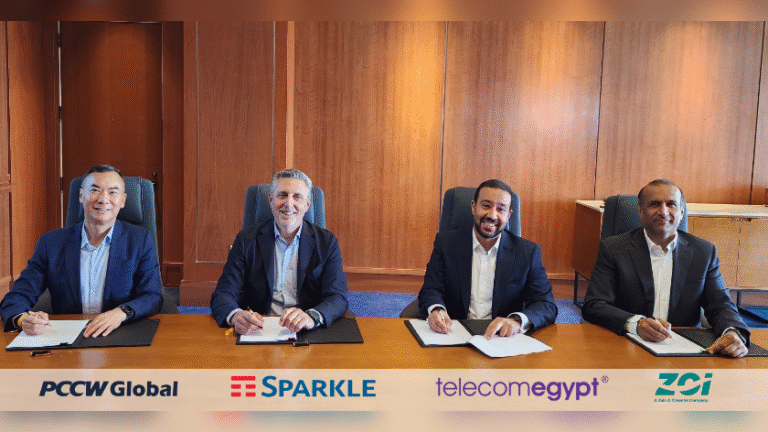A powerful consortium of telecom leaders, including PCCW Global, Sparkle, Telecom Egypt, and Zain Omantel International (ZOI), announced a groundbreaking partnership to construct the Asia-Africa-Europe-2 (AAE-2) subsea cable system, set to revolutionize global connectivity.
The companies formalized their collaboration through a Memorandum of Understanding (MoU), outlining plans for a high-capacity, secure network linking Hong Kong and Singapore to Italy. The AAE-2 cable will traverse key terrestrial routes across Thailand, the Arabian Peninsula, and Egypt, creating a robust data highway connecting Asia, Africa, and Europe.
Building on the success of the AAE-1 cable, AAE-2 promises a geographically diverse, high-performance route designed to handle surging international data traffic. The system integrates subsea and terrestrial infrastructure to deliver reliable, end-to-end connectivity for enterprise, wholesale, and hyperscale clients.
Frederick Chui, CEO of PCCW Global, emphasized the project’s significance: “AAE-2 builds on our legacy of supporting critical global infrastructure, delivering scalable connectivity to empower digital growth in markets like Hong Kong.”
ALSO READ: NTT DATA, CISCO UNVEIL AI IT MODERNIZATION SERVICES
Sparkle’s CEO, Enrico Bagnasco, highlighted the strategic vision behind the initiative: “With investments in systems like Blue & Raman and hubs in Genoa, Palermo, and Chania, AAE-2 strengthens the Asia-Africa-Europe corridor, offering low-latency infrastructure for global digital transformation.”
Mohamed Nasr, CEO of Telecom Egypt, underscored Egypt’s pivotal role: “Through our WeConnect ecosystem and this collaboration, we’re cementing Egypt’s position as a digital hub bridging continents.”
ZOI’s CEO, Sohail Qadir, described AAE-2 as a milestone for the region: “This AI-ready, resilient infrastructure will connect digital ecosystems, unlocking economic growth and empowering emerging markets.”
The AAE-2 cable system is poised to become a cornerstone of global connectivity, supporting the demands of a rapidly digitizing world.




